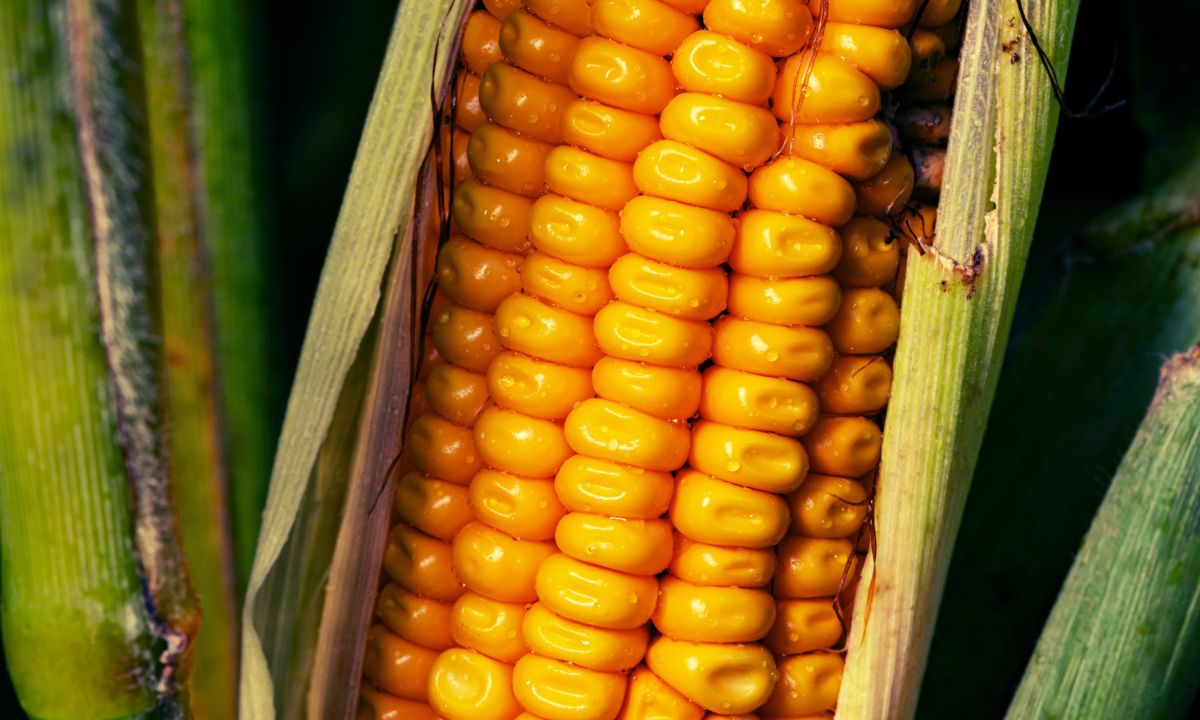
Ever heard of corn sweat? It's not just a quirky term; it's a real phenomenon that impacts weather and agriculture. Corn sweat happens when corn plants release moisture through their leaves, a process called transpiration. This moisture then evaporates into the air, increasing humidity levels. Why does this matter? High humidity can make hot days feel even hotter, affecting both people and crops. Farmers, meteorologists, and even city planners need to understand corn sweat to better predict weather patterns and manage resources. Intrigued? Let's dive into 25 fascinating facts about this unique agricultural occurrence.
What is Corn Sweat?
Corn sweat might sound like a strange term, but it plays a significant role in agriculture and weather patterns. This phenomenon occurs when corn plants release moisture into the atmosphere through a process called transpiration. Let's dive into some fascinating facts about corn sweat.
- Corn plants release water vapor through tiny pores called stomata.
- A single acre of corn can release up to 4,000 gallons of water per day.
- Corn sweat can significantly increase humidity levels in the surrounding area.
- High humidity from corn sweat can make hot days feel even hotter.
- Corn sweat contributes to the formation of clouds and precipitation.
How Corn Sweat Affects Weather
Corn sweat doesn't just affect the plants themselves; it also has a notable impact on local weather conditions. Understanding these effects can help farmers and meteorologists alike.
- Increased humidity from corn sweat can lead to more frequent thunderstorms.
- Corn sweat can create a microclimate, affecting temperature and precipitation patterns.
- During heatwaves, corn sweat can exacerbate heat index values, making it feel hotter than the actual temperature.
- Corn sweat can contribute to the development of fog in the early morning hours.
- The moisture from corn sweat can help sustain local ecosystems by providing additional water vapor.
The Science Behind Corn Sweat
The process of corn sweat involves several scientific principles, from plant biology to atmospheric science. Here are some key points to understand.
- Transpiration is the process by which plants release water vapor into the air.
- Stomata, the tiny pores on leaves, open and close to regulate water loss and gas exchange.
- Corn plants have a high transpiration rate due to their large leaf surface area.
- The water vapor released by corn plants can rise and condense to form clouds.
- Corn sweat can influence local weather patterns by adding moisture to the atmosphere.
Corn Sweat and Agriculture
Corn sweat isn't just a weather phenomenon; it also has implications for agriculture. Farmers need to be aware of how it affects their crops and soil.
- High humidity from corn sweat can increase the risk of fungal diseases in crops.
- Corn sweat can help cool the plants by releasing heat along with water vapor.
- The additional moisture from corn sweat can reduce the need for irrigation.
- Corn sweat can improve soil moisture levels, benefiting other crops planted nearby.
- Farmers can use knowledge of corn sweat to optimize planting and irrigation schedules.
Interesting Facts About Corn Sweat
Corn sweat is a unique and fascinating phenomenon with many interesting aspects. Here are some lesser-known facts that might surprise you.
- Corn sweat can be so intense that it creates a visible haze over cornfields.
- The term "corn sweat" is often used colloquially by meteorologists and farmers.
- Corn sweat can contribute to the "heat dome" effect, trapping heat and moisture in an area.
- Some studies suggest that corn sweat can influence regional climate patterns over time.
- Corn sweat is not unique to corn; other crops like soybeans and wheat also release moisture through transpiration.
The Final Kernel
Corn sweat, or transpiration, is more than just a quirky term. It plays a significant role in agriculture and weather patterns. Farmers rely on it to keep their crops healthy, while meteorologists study it to predict humidity and temperature changes. Understanding corn sweat helps us appreciate the intricate balance of nature and how even the smallest details can have a big impact.
Next time you enjoy a corn on the cob, remember the fascinating science behind it. From helping crops grow to influencing the weather, corn sweat is a reminder of nature's complexity. So, whether you're a farmer, a weather enthusiast, or just someone who loves corn, knowing about corn sweat adds a layer of appreciation to this humble crop. Keep these facts in mind and share them with friends to spread the knowledge!
Was this page helpful?
Our commitment to delivering trustworthy and engaging content is at the heart of what we do. Each fact on our site is contributed by real users like you, bringing a wealth of diverse insights and information. To ensure the highest standards of accuracy and reliability, our dedicated editors meticulously review each submission. This process guarantees that the facts we share are not only fascinating but also credible. Trust in our commitment to quality and authenticity as you explore and learn with us.
